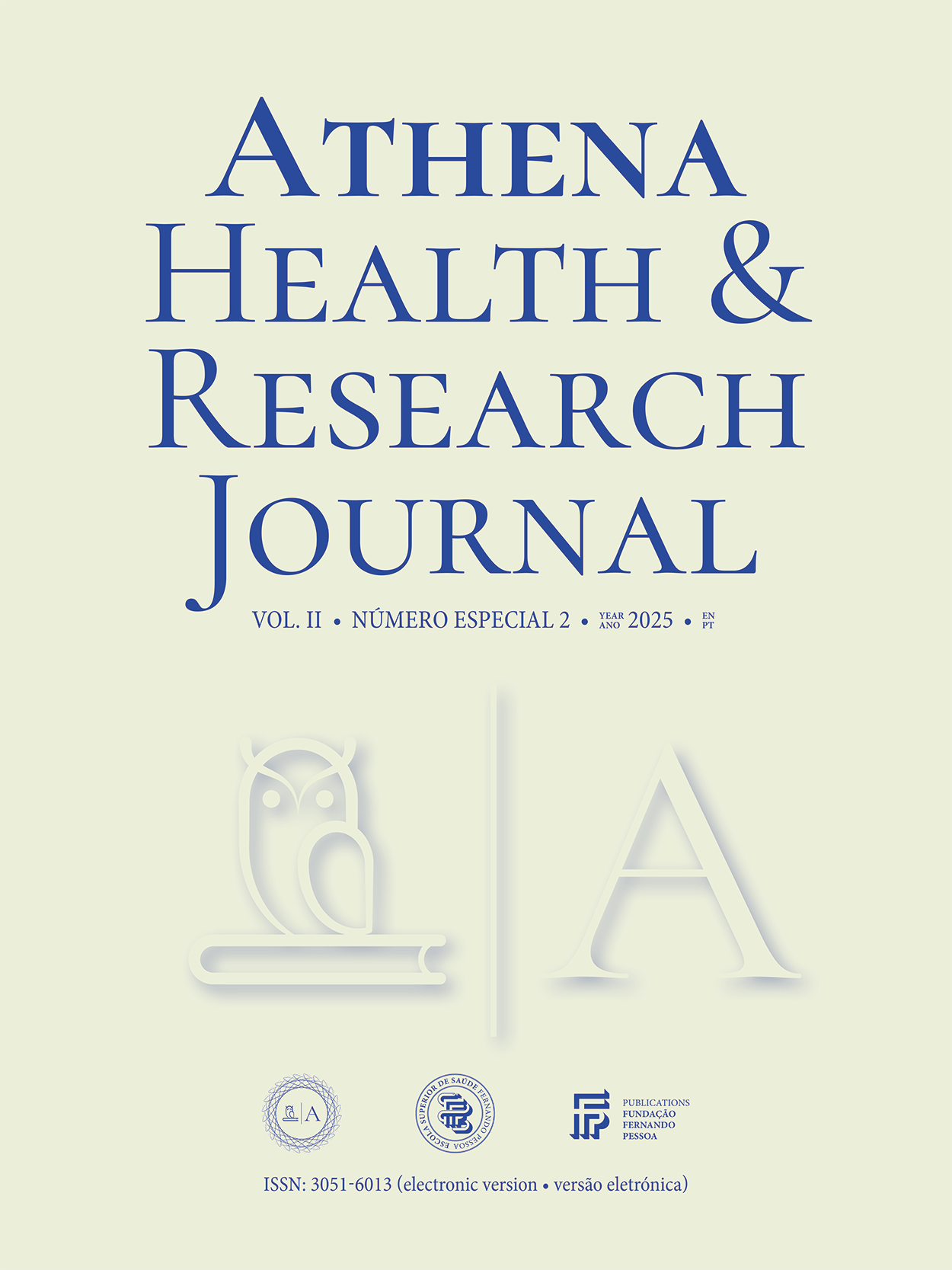Jawline rejuvenation and mental artery: high-risk injection sites
DOI:
https://doi.org/10.62741/ahrj.v2iSuppl.%202.103Keywords:
aging, chin, dermal fillers, rejuvenation, jawlineAbstract
Introduction: Mandibular line rejuvenation is an aesthetic procedure that enhances facial contouring, providing a more youthful and harmonious appearance. However, the mandibular region presents high-risk areas for injectable techniques, particularly due to the presence of the mental artery and its branches.
Objective: The aims of the present study are to identify the main complications arising from orofacial harmonization procedures associated with the presence of the mental artery, as well as to determine the risk zones related to mandibular line rejuvenation techniques.
Methodology: A literature search was conducted in PubMed and B-On using as inclusion criteria articles published between 2019 and 2025 that contained the keywords in the title/abstract and provided free access to the full abstract. Duplicate articles and/or those whose content did not correspond to the proposed topic were excluded
Results: The mental artery is a terminal branch of the inferior alveolar artery, which originates from the first portion of the maxillary artery. It divides into incisive branches (supplying the anterior mandibular region, anterior teeth, and dental alveoli) and mental branches. The mental artery exits through the mental foramen, where it communicates with the inferior labial artery and the submental artery. Injuries to the mental artery may cause hemorrhage near the mental foramen and the chin. With aging, skin layers become thinner, leading to delayed wound healing, increased skin fragility, and reduced cellular turnover, with consequent impact on tissue remodeling. In the mental artery, blood flow decreases, which may be an etiological factor for alveolar bone atrophy. The intersection between the mandibular body and the ramus forms the mandibular angle, which tends to increase with aging as the cortical bone becomes thinner, porous, and demineralized. The definition of the mandibular angle and the chin are the main areas targeted for rejuvenation of the lower third of the face. Mandibular line contour tends to decrease with age due to resorption in the ramus and chin regions. Facial retaining ligaments anchor the skin and subcutaneous tissue to the deeper planes, maintaining a youthful appearance. However, with aging, these structures weaken, leading to the formation of jowls and disruption of mandibular continuity. An inverted triangle is progressively replaced by a square-shaped face due to age-related facial changes. Ecchymosis, edema, hematomas, granulomas, and delayed-onset nodules are common complications. Compression of the mental nerve or direct intravascular injection into the mental artery may cause severe pain and vascular complications such as necrosis.
Discussion Mandibular line rejuvenation represents an effective approach to restoring lower facial harmony; however, the proximity to high-risk anatomical structures, particularly the mental artery, highlights the need for careful technique selection to minimize complications.
Conclusions: The lower third of the face is fundamental for a youthful and harmonious appearance, primarily due to the definition of the mandibular line. It is a critical region where numerous complications may arise because of its close relationship with anatomical structures such as the mental artery. Mandibular line rejuvenation may involve surgical or non-surgical methods, the latter being less invasive, effective, and generally preferred by patients to enhance the appearance of the lower facial third. Among the most commonly used agents are hyaluronic acid, poly-L-lactic acid, polymethylmethacrylate, and hydroxyapatite.
References
NA
Downloads
Published
Issue
Section
License
Copyright (c) 2025 Athena Health & Research Journal

This work is licensed under a Creative Commons Attribution-NonCommercial 4.0 International License.
Copyright of published papers is assigned to the Journal, but all content is licensed under the terms of Creative Commons Non-comercial 4.0 International License. Thus users are allowed to read, download, copy, distribute, print, search, or link to the full texts of the articles, or use them for any other lawful purpose, without asking prior permission from the publisher or the author. This is in accordance with the BOAI definition of open access.














